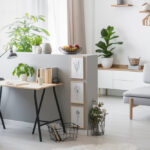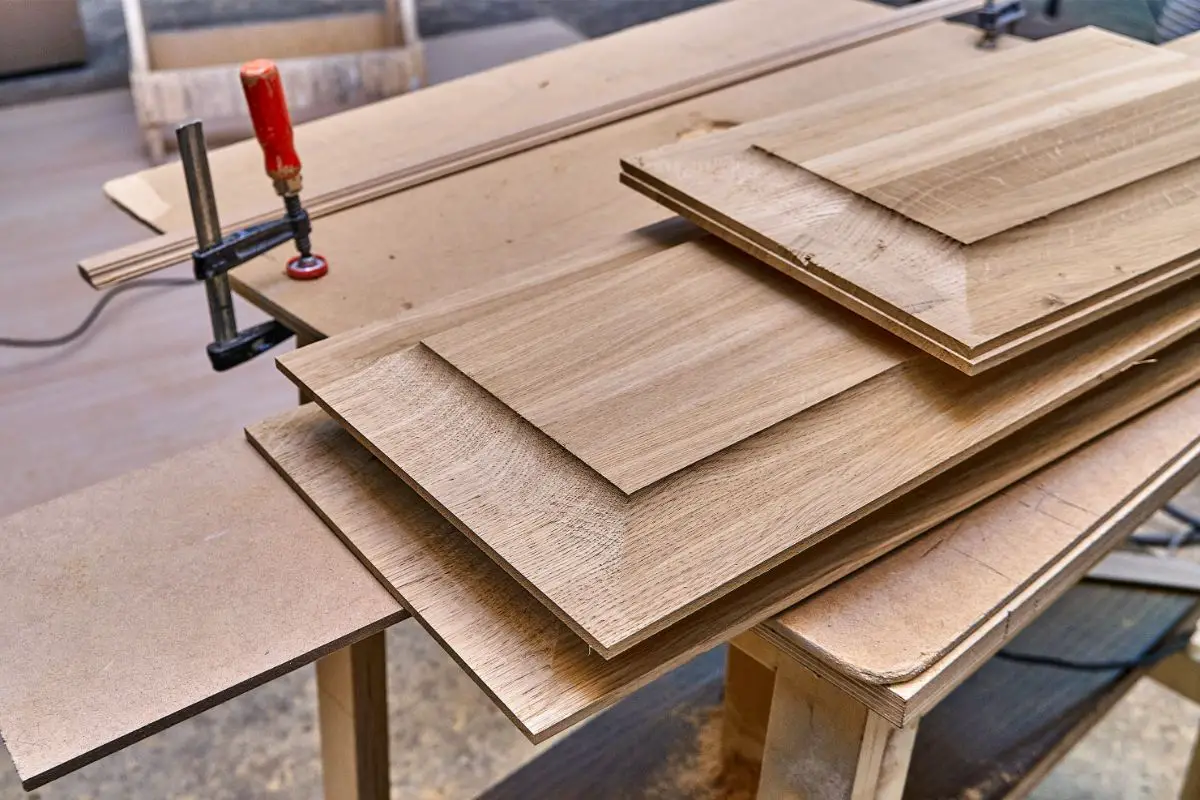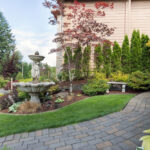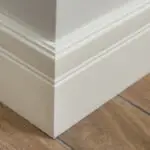Whether you’re seeking to add a touch of elegance to a formal dining room, create a cozy atmosphere in a bedroom, or bring character to a hallway, wainscoting offers a versatile solution that can complement a variety of interior design styles.
Join us on this exploration of wainscoting, as we delve into its history, styles, installation techniques, and creative applications.
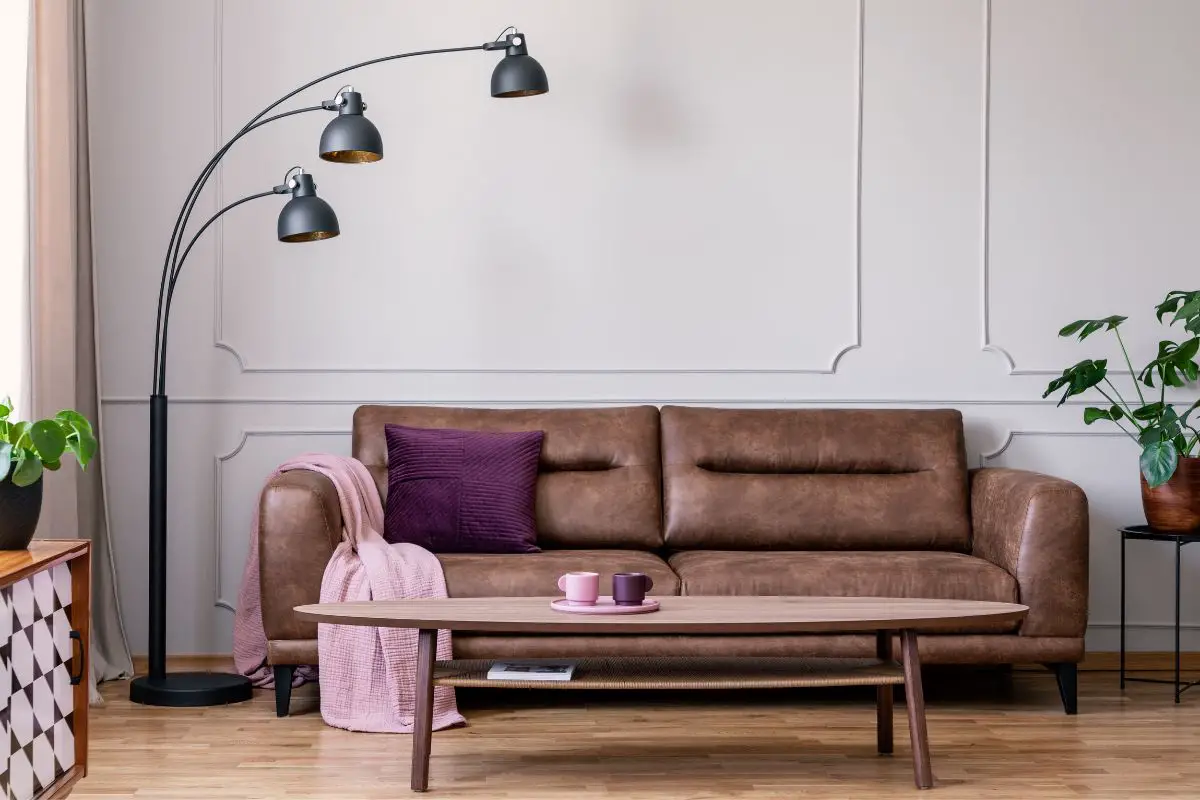
Discover the charm and beauty that wainscoting can bring to your home, and unlock its potential to transform your walls into works of art.
About Wainscoting
Wainscoting is a decorative wall treatment that involves covering the lower portion of a wall with panels or boards, often extending to a certain height.
Originating in the 16th century, wainscoting served both practical and aesthetic purposes. Originally, it was used to protect the lower part of walls from damage, such as dampness or impact, while also providing insulation.
Over time, it evolved into a prominent architectural feature that added visual interest, texture, and elegance to interior spaces.
Wainscoting comes in various styles and materials, offering endless design possibilities. Traditional wainscoting typically features raised or recessed panels, known as paneling or beadboard, and is commonly made of wood (this style looks great in a mudroom).
However, modern interpretations have expanded the options to include materials like PVC, MDF, and even tile or stone.
Beyond its decorative appeal, wainscoting can also serve practical purposes in today’s homes such as easy cleaning and durability.
History Of Wainscoting
Wainscoting has a rich history dating back to the 16th century. Originally, it served as a functional element, protecting walls from damage and providing insulation.
The term “wainscot” referred to the lower part of the wall, typically made of oak paneling.
During the Tudor and Elizabethan eras in England, wainscoting became a symbol of status and wealth.
Elaborate paneling, often featuring intricate carvings and decorative motifs, adorned the walls of grand houses and manor homes. This style of wainscoting continued to flourish during the Jacobean and Georgian periods.
In the 18th century, wainscoting underwent a shift towards more simplified designs. Raised and recessed paneling became popular, as well as beadboard, which featured narrow vertical planks with distinctive grooves.
These styles were commonly seen in colonial American architecture. With the advent of industrialization in the 19th century, wainscoting materials and techniques diversified.
The availability of mass-produced moldings and machine-made paneling made wainscoting more accessible to a wider audience.
The Victorian era saw the rise of wallpapered wainscoting, where wallpaper was applied above the paneling to create a decorative effect.
In the 20th century, wainscoting saw a decline in popularity as interior design trends shifted towards more minimalist and modern styles.
However, in recent decades, there has been a resurgence of interest in wainscoting as homeowners seek to bring character and charm to their spaces.
Modern wainscoting embraces a range of materials, including wood, PVC, MDF, and even tile or stone, offering diverse design possibilities.
Today, wainscoting continues to be appreciated for its ability to add texture, visual interest, and a touch of elegance to interior walls.
It is used in various settings, from formal dining rooms and living areas to bedrooms, hallways, and even bathrooms.
The history of wainscoting serves as a testament to its enduring appeal and its ability to enhance the aesthetic appeal of any space.
Styles & Installation Techniques
Wainscoting offers a variety of styles and installation techniques, allowing for customization and versatility in interior design.
Here are some popular wainscoting styles and techniques:
- Raised Panel: This classic style features panels that are raised above the surrounding frame.
The panels can be rectangular or square, and they add depth and dimension to the walls. Raised panel wainscoting exudes a traditional and formal aesthetic, often seen in elegant dining rooms or formal entryways.
- Recessed Panel: In contrast to raised panel wainscoting, recessed panel style showcases panels that are set back within the frame.
This creates a more subtle and understated look, suitable for both traditional and contemporary interiors. Recessed panel wainscoting is versatile and can be applied in various rooms, from living areas to bedrooms.
- Beadboard: Beadboard wainscoting consists of narrow vertical planks with distinctive grooves, called beads.
It offers a charming and cottage-like ambiance, often associated with coastal or farmhouse styles. Beadboard is popular in kitchens, bathrooms, and informal spaces, adding texture and a touch of nostalgia.
- Board and Batten: Board and batten wainscoting features vertical boards (the “boards”) with narrower strips (the “battens”) covering the joints.
This style provides a more rustic and country-inspired look. Board and batten wainscoting is commonly used in hallways, mudrooms, and informal living spaces.
- Picture Frame: Picture frame wainscoting creates a visually striking effect by framing individual panels or sections of the wall.
It adds architectural interest and acts as a decorative feature. Picture frame wainscoting is suitable for various rooms and can be combined with other wainscoting styles for a unique look.
Installation techniques for wainscoting can vary depending on the style and materials used.

Generally, the installation process involves the following steps:
- Planning and Measurement: Determine the desired height of the wainscoting and mark the wall accordingly. Measure and plan the placement of panels, frames, and moldings.
- Wall Preparation: Prepare the wall surface by removing any existing trim, wallpaper, or paint. Ensure the wall is clean, smooth, and dry.
- Panel Installation: Install the wainscoting panels by adhering them to the wall using construction adhesive or nailing them in place. Ensure panels are level and properly aligned.
- Frame and Molding Installation: Attach the frames and moldings around the panels, creating the desired style and design. Use adhesive or nails to secure them in place.
- Finishing and Paint: Fill any nail holes or gaps with wood filler and sand the surfaces to achieve a smooth finish. Apply a primer and paint or stain the wainscoting to the desired color (see also “Does Paint Go Bad?“).
Final Thoughts
Wainscoting offers a world of design possibilities and adds a touch of elegance, character, and architectural interest to interior spaces.
With various styles to choose from, such as raised panel, recessed panel, beadboard, board and batten, and picture frame, wainscoting can be tailored to suit different aesthetics and design preferences.
If you enjoyed this post, you might like our article about ‘What Is Varnish?‘.
- What Kind of Room Has No Doors or Windows? - December 1, 2023
- What is a Powder Room? - December 1, 2023
- What Is a Kitchenette: Exploring the Features and Benefits of a Compact Kitchen - December 1, 2023



